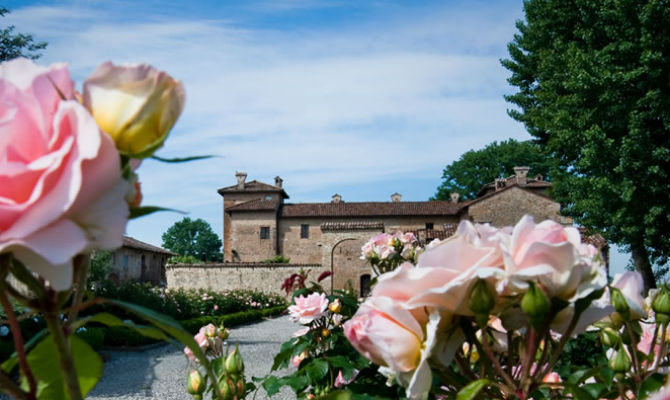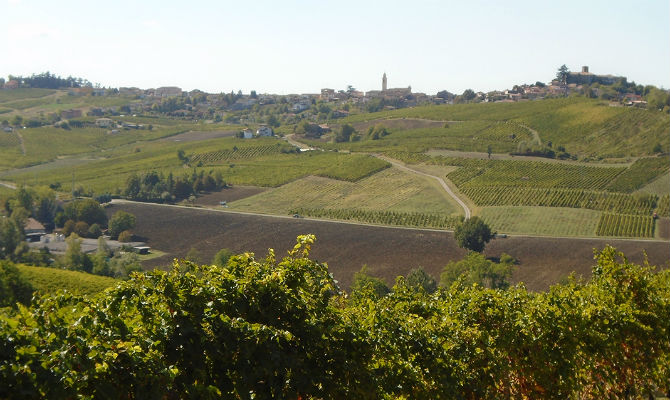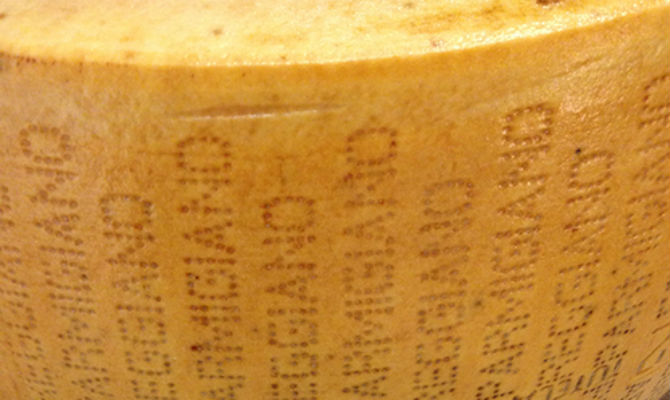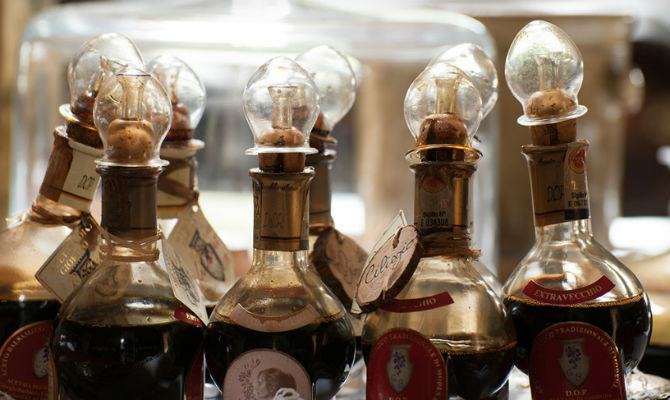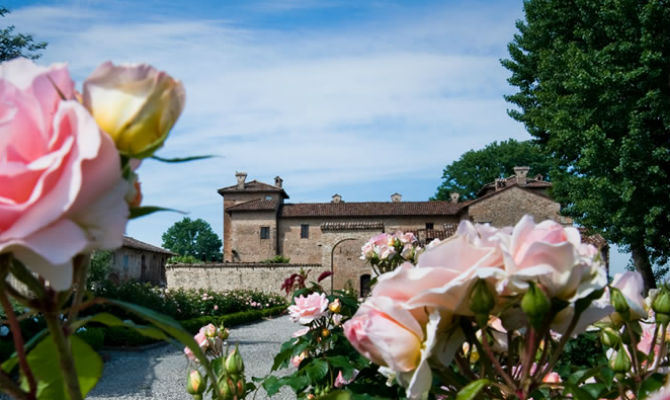Four Foodie Stops In Emilia-Romagna That Can't Be Missed
We may receive a commission on purchases made from links.
People across the world, but especially in the United States, have shown an increased interest in how their food is produced. Along with this, new foodie-themed travel has become all the rage, and why not? What better way to learn about a new country then by tasting its food? One offshoot of foodie travel, agritourism (a trip focused specifically on agriculture-based operations such as farm or ranch) can be one of the most fun and informative ways for a food lover to learn about a new place.
Instead of staying in a formal hotel and seeing the standard tourist sights, visitors who take the agritourism travel route not only get to taste great food but also experience a little slice of real life in the food production world. They also get a real understanding of where the foods they love come from.
There is no better place for agritourism than the Emilia-Romagna region of northern Italy. Local food is amazing all over Italy, but Emilia-Romagna is the birthplace of many of the most quintessentially Italian foods. Foodies will love learning about Italian wine, Parmigiano-Reggiano, traditional balsamic vinegar production, and the process behind the cured meats of Parma. To learn about the best of Emilia-Romagna, here are four places you can't miss.
To learn about Italian wine, visit Castello Luzzano.
A former castle and customs house, the Castello Luzzano property sits on the border of three Italian regions: Emilia-Romagna, Lombardy, and Piedmont. Due to its unique location, the winery grows multiple types of grapes, usually specific to the different regions. The view of the rolling hills is so perfect it almost seems like a movie set. The winery offers tours of the wine production and tastings. Guests can also book an overnight stay to enjoy the fabulous in-house restaurant.
Pro Traveler Tip: Remember to leave room in your suitcase to bring back a few bottles of wine. In fact, consider purchasing wine sleeves designed specifically for travel ahead of time to protect your purchases.
To learn about Parmigiano-Reggiano, visit Hombre Farms.
In Emilia-Romagna, there is no cheese more beloved than Parmigiano-Reggiano. You'll find it in homemade pastas of all sorts, such as the tiny tortellini of Bologna. Hombre Farms is 100% Italian and the perfect place to learn about the traditional method for making this special cheese. See the process from start to finish, and be sure to pick up a wedge from Hombre's shop to bring home. An added bonus is that Hombre Farms is home to an extensive collection of Maseratis that visitors can check out after the tour of the farm.
Pro Traveler Tip: Never buy Parmigiano-Reggiano without the rind. The distinctive dot pattern spelling out the cheese's name is unique and what marks the cheese as an authentic item. Plus, adding the rind to a pot of soup adds amazing flavor to the finished dish.
To learn about traditional balsamic of Modena, visit Acetaia di Giorgio.
Traditionally produced balsamic vinegar of Modena is another staple in Emilia-Romagna. Legend has it that balsamic vinegar was originally discovered by one of the region's nobles, who put away wine in his castle's attic for storage. He forgot about it, and over the years, the perfect combination of hot sun and winter chill produced the first balsamic. The new invention was so loved that it become a tradition.
Pro Traveler Tip: Today, traditional balsamic is protected under the European Protected Designation of Origin (PDO) system, with the contents of each bottle aged for a minimum of 12 years. There is a lot of imitation balsamic vinegar out there, but after tasting the real thing at Acetaia di Giorgio, a poor substitute just won't do.
To learn about the cured meats of Parma, visit Antica Corte Pallavicina.
In the United States, Parma is best known for its ham. However, there are many other pork delicacies to be found in this area. It's a bold statement, but in my opinion, better coppa, culatello, and pancetta can't be found anywhere else in the world. In fact, the rich and famous get their pork fix from Antica Corte Pallavicina. Visitors can check out the cellars where the culatello ages and see many pieces already marked for royalty around the world. However, Antica Corte Pallavicina is worth visiting for more than just cured meats. The location is also home to a hotel, Michelin-starred restaurant, winery, and full-fledged farm. The farm actually produces almost 100 percent of the ingredients used at the restaurant. When visiting, make plenty of time for at least one multi-course meal because Chef Massimo Spigaroli's creations will astound you.
Pro Traveler Tip: Unfortunately, customs prevents returning with cured meats to the United States, so eat plenty while visiting. For additional information about which food products can be brought back to the United States from abroad, be sure to check the U.S. Customs and Border Protection website.
